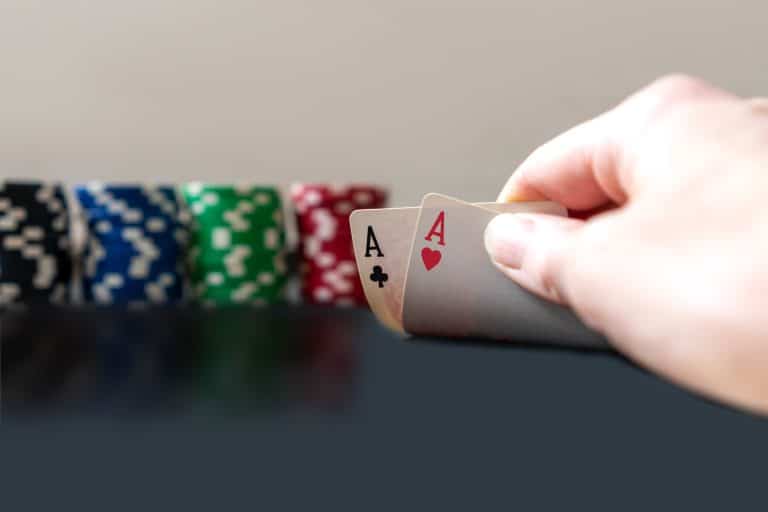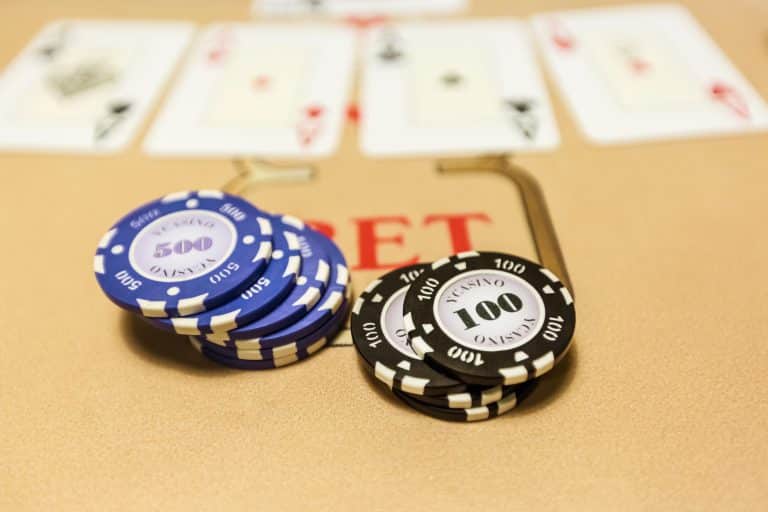Poker is a game of strategy, and one of the key elements of successful play is knowing how to adjust your strategy based on the cards you’re dealt. This is especially important during post-flop play, which occurs after the first three community cards have been dealt. In this phase of the game, you have more information to work with and must adapt your approach accordingly. By understanding how to evaluate your hand, read your opponents, and analyze board texture, you can make more informed decisions and increase your chances of success. In this article, we’ll explore post-flop play in more detail and provide tips for adjusting your strategy based on your poker hand.
Understanding Post-Flop Play
Before we delve into adjusting your strategy based on your poker hand, let’s first understand the significance of post-flop play in poker.
The flop is the first set of three community cards dealt face-up on the table, and it can significantly impact the strength of your hand. During post-flop play, you have more information to work with than in the pre-flop phase, where you only know your own two hole cards.
Factors that can affect post-flop play include your position at the table, the number of players involved in the hand, and the size of the pot. Additionally, hand reading becomes more important during post-flop play, as you can make more educated guesses about your opponents’ hands based on the community cards and their betting patterns.
To be successful in post-flop play, you must be able to analyze the situation and adapt your strategy accordingly. This means considering the strength of your hand, the potential strength of your opponents’ hands, and the overall board texture. Let’s explore these concepts further in the following sections.

Evaluating Your Hand
The first step to adjusting your strategy in post-flop play is evaluating the strength of your hand. This involves assessing the potential of your two hole cards in combination with the three community cards on the flop.
One important factor to consider when evaluating your hand is your position at the table. If you’re in a later position, you’ll have more information to work with and can make more informed decisions. Conversely, if you’re in an early position, you may have to play more conservatively since you don’t have as much information about your opponents’ hands.
When evaluating your hand, you’ll want to ask yourself a few key questions. Does your hand have strong potential, such as a straight or flush draw? Or is it weak, such as a pair with a low kicker? The answer to these questions can help you determine how to proceed in the hand.
It’s also important to consider the size of the pot and the betting action so far. If there’s already a lot of money in the pot and you have a strong hand, you may want to play more aggressively to maximize your potential winnings. Conversely, if the pot is small and you have a weak hand, it may be better to fold and cut your losses.
To get a better understanding of how to evaluate your hand in post-flop play, it can be helpful to study example hands and analyze your decisions. By practicing this skill, you can improve your ability to make informed decisions based on your hand strength.
Adjusting Your Strategy Based on Your Hand
Once you’ve evaluated the strength of your hand, the next step is to adjust your strategy accordingly. Your approach will depend on the potential of your hand and the overall situation in the hand.
If you have a strong hand, such as a set or a straight draw, you’ll typically want to play more aggressively. This can involve raising or re-raising to build the pot and increase your potential winnings. However, you’ll also need to be aware of any potential threats from your opponents’ hands and adjust your play accordingly.
On the other hand, if you have a marginal hand, such as top pair with a weak kicker, you’ll generally want to play more cautiously. This may involve checking or calling rather than betting, and being prepared to fold if the pot gets too large or if an opponent shows strength.
If you have a weak hand, such as a low pair or no pair at all, you’ll need to be careful not to lose too much money. This may involve folding early on in the hand, especially if your opponents are betting aggressively. However, you can also consider bluffing or semi-bluffing if the situation allows for it.
It’s also important to be aware of the board texture and how it affects your strategy. For example, if the flop has a lot of high cards, this may indicate that your opponents have strong hands, and you may need to be more cautious. Conversely, if the flop has mostly low cards, this may be a good opportunity to bluff or semi-bluff.
In general, adjusting your strategy based on your poker hand requires careful analysis and awareness of the situation. By practicing this skill, you can become a more successful player and increase your winnings over time.
Analyzing Board Texture
Board texture refers to the composition of the three community cards on the flop, turn, and river in Texas Hold’em poker. Analyzing board texture is an important skill in post-flop play, as it can help you determine the strength of your own hand as well as your opponents’ hands.
One way to analyze board texture is to look at the types of hands that are possible given the community cards on the board. For example, if the board contains three cards of the same suit, there may be several players chasing a flush draw.
For example, if the board contains three high cards, there may be several players with strong pairs or two pairs. Similarly, if the board contains two cards of the same rank, there may be several players with trips or a full house.
As you analyze board texture, it’s important to think about how the community cards on the board interact with your own hand. For example, if you have two cards of the same suit, and the board contains three cards of that same suit, your flush draw may be more valuable.
It’s also important to consider the betting action in the hand as you analyze board texture. If there’s a lot of betting and raising, this may indicate that several players have strong hands or are chasing draws. Conversely, if there’s little betting or calling, this may indicate that most players have weak hands.
By analyzing board texture, you can make more informed decisions about how to adjust your strategy in post-flop play. For example, if the board is very dry (meaning it contains few draws and few potential made hands), you may be able to bluff more effectively.
Conclusion
Post-flop play is a crucial aspect of Texas Hold’em poker, and adjusting your strategy based on your hand, your opponent’s hand, and board texture is essential for success. By evaluating your hand and considering the possible hands that your opponents may have, you can make more informed decisions about how to play your hand. Reading your opponent’s hand and analyzing board texture can help you determine the strength of their hand and adjust your own strategy accordingly. Ultimately, mastering post-flop play requires a combination of skill, experience, and strategic thinking, and is an ongoing process of learning and adaptation.






